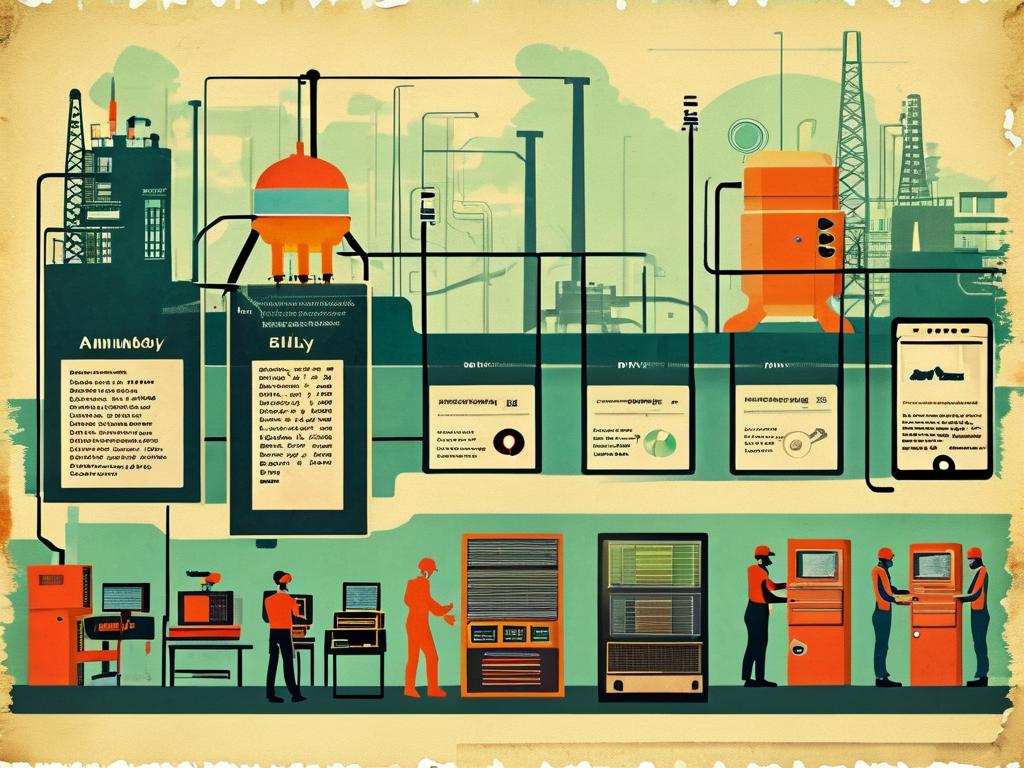In modern software development environments, Continuous Deployment Pipeline (CDP) automation has emerged as a critical strategy for accelerating release cycles while maintaining code quality. By integrating automated testing, build processes, and deployment workflows, teams can achieve seamless delivery of applications from development to production. This article explores practical approaches to implementing CDP automation and addresses common challenges organizations face during adoption.

The Foundation of CDP Automation
At its core, CDP automation revolves around three key components: version control integration, environment consistency, and orchestrated workflows. Tools like Jenkins, GitLab CI/CD, and GitHub Actions enable developers to create pipelines that automatically trigger builds upon code commits. For instance, a basic Jenkins pipeline script might include:
pipeline {
agent any
stages {
stage('Build') {
steps {
sh 'mvn clean package'
}
}
stage('Test') {
steps {
sh 'mvn test'
}
}
stage('Deploy') {
steps {
sh 'kubectl apply -f deployment.yaml'
}
}
}
}
This script demonstrates how automation handles compilation, testing, and Kubernetes deployment without manual intervention. By standardizing these processes, teams eliminate environment-specific errors and reduce deployment time by up to 70% according to recent DevOps benchmarks.
Overcoming Implementation Challenges
While the benefits are clear, transitioning to CDP automation requires addressing several hurdles. Configuration drift across environments remains a persistent issue, often resolved through infrastructure-as-code (IaC) tools like Terraform or Ansible. Security teams frequently raise concerns about automated deployments, necessitating the integration of secret management systems such as HashiCorp Vault or AWS Secrets Manager into pipelines.
A common pitfall involves improper test coverage in automated workflows. Teams must balance unit tests, integration tests, and end-to-end validation to prevent defective code from reaching production. For example, adding a security scanning phase to the pipeline can mitigate vulnerabilities:
# Sample GitHub Actions workflow
- name: Security Scan
uses: shiftleft/scan-action@v2
with:
output: reports/
Real-World Optimization Strategies
Successful organizations often combine CDP automation with feature flag systems and canary deployments. This hybrid approach allows gradual feature rollouts while maintaining rollback capabilities. Monitoring integration is equally crucial—tools like Prometheus or Datadog provide real-time feedback on deployment success rates and system health.
Case studies reveal that teams implementing automated rollback mechanisms reduce production incidents by 40-60%. A well-designed pipeline might include automatic alerts when error rates exceed thresholds, triggering predefined remediation steps without human involvement.
Future Trends in Deployment Automation
Emerging technologies like AI-driven anomaly detection and self-healing systems are pushing CDP capabilities further. Predictive analytics now enable pipelines to anticipate deployment failures based on historical data, while serverless architectures simplify scaling challenges. However, these advancements require teams to maintain strong governance policies to prevent uncontrolled automation.
As organizations evolve, the focus shifts from basic pipeline creation to optimizing deployment velocity. Techniques such as parallelized testing phases and artifact caching significantly reduce pipeline execution times. For instance, leveraging Docker layer caching can cut container build times by over 50% in microservices environments.
CDP automation deployment represents more than just technical implementation—it requires cultural shifts toward DevOps collaboration and process ownership. By starting with modular pipeline designs and incrementally adding complexity, teams can achieve faster release cycles without sacrificing stability. As tools and practices mature, organizations that master CDP automation will gain sustained competitive advantages in software delivery.









